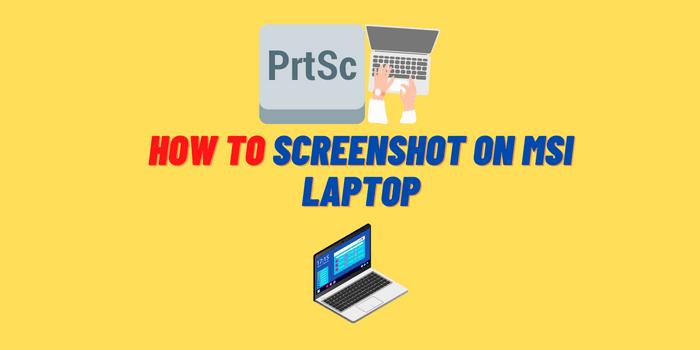ERP and Process Automation: A Powerful Combination for Business Efficiency
In the fast-paced and competitive modern business environment, efficiency is key to survival and growth. Enterprises are constantly seeking ways to streamline operations, reduce costs, and improve overall productivity. In this pursuit, two technologies have emerged as essential tools: Enterprise Resource Planning (ERP) systems and Process Automation. When combined strategically, ERP and process automation can yield a powerful synergy that transforms the way businesses operate.
Understanding ERP Systems

ERP systems are comprehensive software solutions designed to integrate and manage a company’s core business processes. These processes can include finance, accounting, human resources, supply chain management, manufacturing, and customer relationship management. By consolidating data and providing a centralized platform for accessing information, ERP systems enable organizations to gain real-time visibility into their operations. This visibility allows for better decision-making, improved coordination between departments, and increased efficiency across the board.
The Role of Process Automation
Process automation involves the use of technology to automate repetitive, manual tasks. By eliminating the need for human intervention in routine processes, organizations can significantly reduce errors, save time, and free up employees to focus on more strategic and value-added activities. Process automation can be applied to a wide range of business processes, such as invoice processing, data entry, approval workflows, and customer service inquiries.
The Synergy of ERP and Process Automation
When ERP systems and process automation are integrated, the benefits are amplified. ERP systems provide the data and context necessary for process automation to function effectively. By leveraging the data stored within the ERP system, process automation tools can trigger actions based on predefined rules or events. For example, when a sales order is entered into the ERP system, a process automation workflow can automatically initiate the order fulfillment process, including inventory checks, shipping notifications, and invoice generation.
Key Benefits of Combining ERP and Process Automation

- Increased Efficiency: Automating routine tasks eliminates bottlenecks and reduces the time it takes to complete processes.
- Improved Accuracy: By minimizing human intervention, the risk of errors is significantly reduced.
- Cost Savings: Process automation can lead to cost savings by reducing labor costs and improving resource utilization.
- Enhanced Productivity: Employees can focus on more strategic and creative tasks, leading to increased productivity.
- Better Decision-Making: Real-time data and insights provided by ERP systems enable informed decision-making.
- Improved Customer Satisfaction: Streamlined processes can lead to faster response times and improved customer service.
Implementing ERP and Process Automation
Implementing ERP and process automation requires careful planning and execution. Organizations need to identify the processes that are best suited for automation, select the right automation tools, and ensure seamless integration with their ERP system. It’s essential to involve key stakeholders throughout the implementation process and provide adequate training to employees to ensure successful adoption.
Conclusion
The combination of ERP and process automation offers a powerful solution for businesses seeking to achieve operational excellence. By streamlining processes, improving efficiency, and reducing costs, organizations can gain a competitive edge in today’s dynamic marketplace. As technology continues to evolve, the integration of ERP and process automation will become even more sophisticated, enabling businesses to unlock new levels of productivity and innovation.






